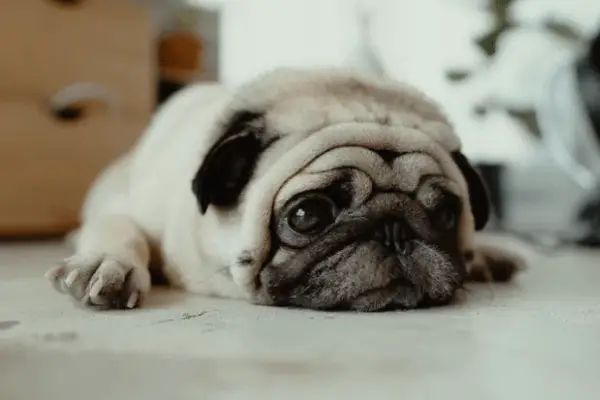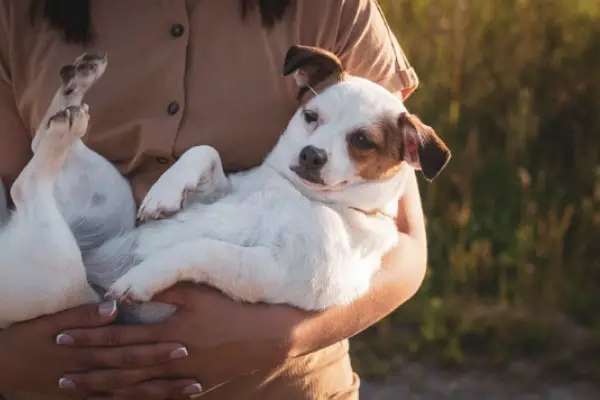22 Important Dog Care Tips You Should Know

As a good dog owner it is important to take care of your pup, so run through some common dog care tips you should know.
Am a big fan of dogs because I consider them man’s best friend and I have lived with many dogs.
In this post, I will be discussing the most common and simple dog care tips every dog owner should know.
Let’s not waste much time and go straight to dog care tips…
Important Dog Care Tips
There are many ways you can care for your dog, but we will be discussing the most important ways…
Here are some of the most common dog care tips you should know:
1. Vaccinate your dog
Observe regional limits and your vet’s immunization advice to keep your dog healthy.
These will consist of the essential shots, which are given at six, twelve, and sixteen weeks of age.
Among the essential vaccinations is the DHLPP (distemper, hepatitis, leptospirosis, parvo, and parainfluenza).
Additionally, your dog will get a rabies shot, which often costs $15–20.
Remember that these immunizations shield your dog from a variety of health risks, including rabies and canine distemper.
Keep in mind that dogs with vaccinations are healthier and less prone to disease or insect infestation than dogs without vaccinations.
Always ask a veterinary expert for guidance.
2. Get pet insurance
This is very important to dog owners unless you have a well-paid job or are self-employed as dog health care can be on the rise.
Depending on the circumstances, emergency and unforeseen illnesses and accidents sometimes cost $500 to $2200 or more.
Your dog may require emergency treatment each year, which may quickly add up in cost.
Pet insurance is a crucial investment for the furry members of your family since it may assist in paying for these unforeseen expenses, prescription prescriptions, long-term health concerns, and more.
3. Provide high-quality dog food
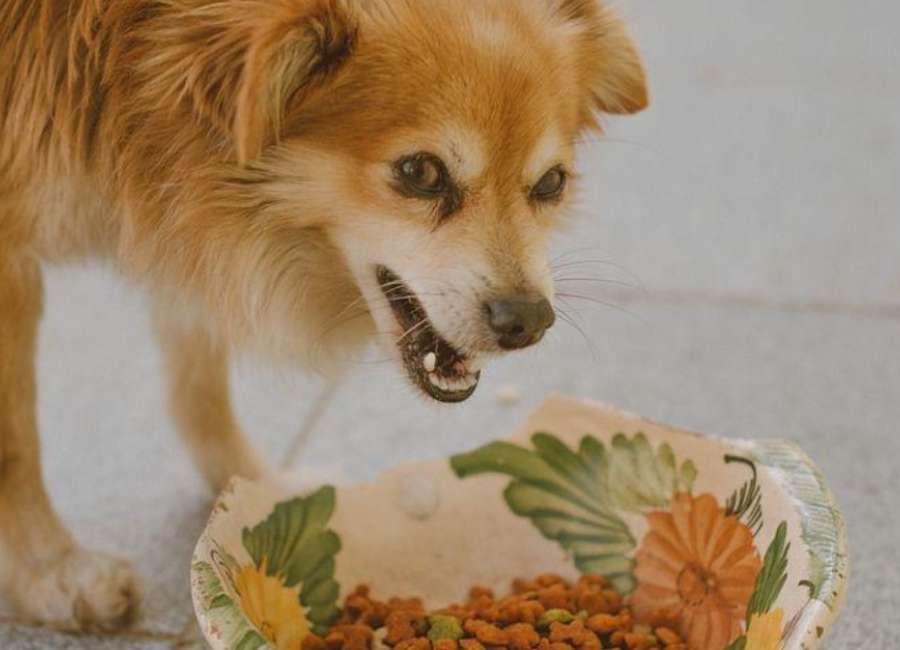
For adult dogs, premium-quality dry food offers a diet that is well-balanced and can be combined with water, broth, or canned food.
Cottage cheese, scrambled eggs, or fruits and vegetables may be favorites of your dog, but they shouldn’t make up more than 10% of his daily meal consumption.
Puppies should be fed premium, name-brand puppy food as well as special big-breed puppy food.
Please refrain from giving your dog human food, such as:
- Salty food
- Chocolate
- Candies
- Onions
- Garlic
- Alcohol products
- Table scraps
- Stale food, etc.
Giving your dog certain human foods can lead to vitamin and mineral deficiencies, issues with the bones and teeth, fussy feeding patterns, and obesity.
4. Provide a stress-free environment
Stress is one of the common reasons for some dog behavior problems among dog owners.
Stress could lead to depression and dog anxiety, too much stress should be avoided around your dog.
Maintain a stress-free environment to stop your dog from unnecessarily becoming aggressive and territorial.
Make sure your dog is well-equipped and that no loud noises are made; gunshots should be heard far from your dog.
Try not to shout at your dog or make any major changes to your regular routine or environment.
5. Brush your dog weekly
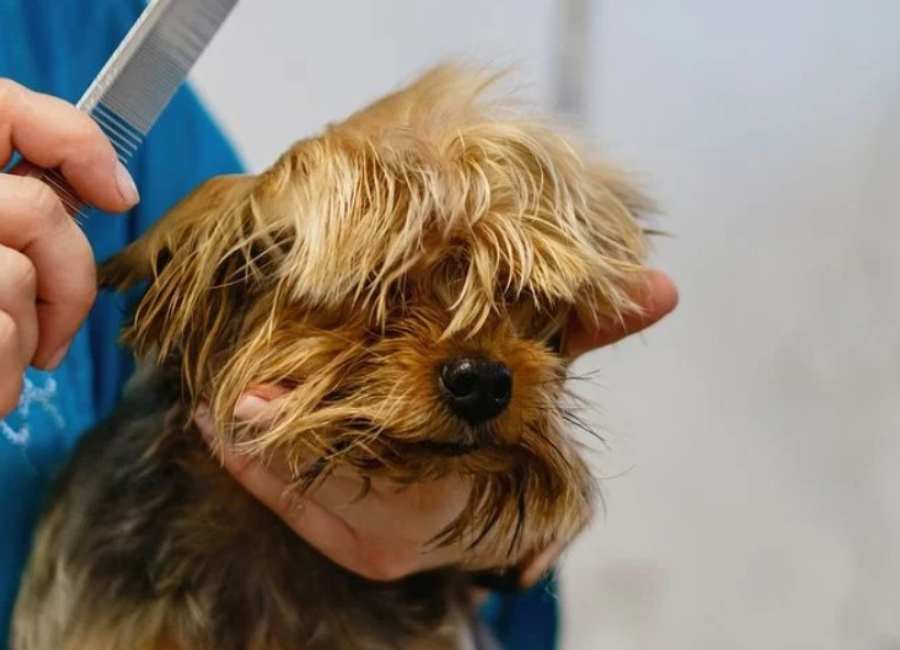
It is impossible to overstate how crucial frequent brushing of your dog’s coat is.
Regularly brushing your dog’s fur might assist to lessen the inevitable shedding that dogs experience.
Therefore, you should brush your dog’s fur at least once a week in order to properly care for them.
To prevent hair tangles, some fluffy dog breeds require brushing at least twice a week.
The following are some benefits of regularly grooming your dog:
- To prevent hair tangles.
- Fur is less likely to spread around your home as a result.
- It also keeps you informed of any bug assaults.
- It preserves your dog’s coat’s condition.
- It promotes healthy blood flow to your dog’s skin.
- Regular brushing will alert you if your dog develops skin problems.
6. Brush your dog’s teeth frequently
Making cleaning your dog’s teeth a weekly habit for you is not a bad idea.
This is due to the predisposition of some canines to tooth problems.
Treating the toothbrush like a toy and letting the dog become acclimated to it is the simplest method to do this.
Before moving on to the next step of the brushing procedure, give your dog some time to learn each one.
Lifting her lip first, she proceeded to wash her teeth while dousing the toothbrush in dog toothpaste and swishing it about in the sink.
Never brush your dog with human toothpaste since it contains a lot of fluorides and may be harmful to them if they ate it.
Inquire about the finest toothpaste from your veterinarian.
7. Exercise your dog regularly

Dogs require exercise to maintain their health, expend calories, and keep their minds active.
Depending on the breed, or breed combination, sex, age, and state of health, each person has different exercise demands.
Dogs who exercise regularly tend to avoid boredom, which can result in negative behaviors.
Many of your pet’s instinctive needs to dig, herd, chew, retrieve, and pursue will be satisfied by supervised fun and games.
You should just get the automatic ball retriever from chewy or Amazon, and follow the manual for indoor or backyard exercise.
8. Provide clean drinking water
Giving your dog access to clean drinking water will help prevent needless dehydration.
Provide a separate, immaculate bowl of water for your dog, which they are free to use anytime they choose.
At least once per day, refresh the water, clean the bowl, and replenish as necessary.
Never place your dog’s water dish near the entrance to stop dirt from collecting and contaminating the water.
9. Give your dog a bath when needed
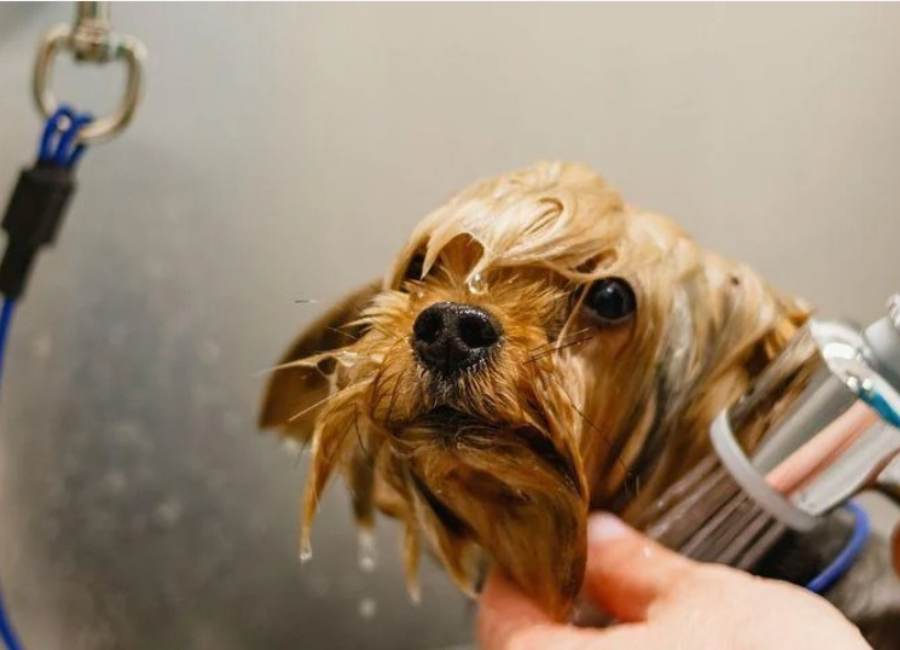
Giving your dog a bath is all part of the grooming process that is a fundamental process to caring for them.
However, on occasion, your dog can want aid in keeping clean, which is a terrific approach to take care of them.
If your dog has parasites or is coated in something dangerous, nasty, or sticky, bathing them may be the best alternative.
The choice of what is the best shampoo to use for your pup should be made with the help of your Vet.
Too much bath has its own effects on your dog’s skin, so we recommend giving your dog a bath once every 2 to 3 months.
You can also give your dog a bath when they are dirty to avoid unnecessary smells and skin issues.
10. Clean your dog’s ears regularly
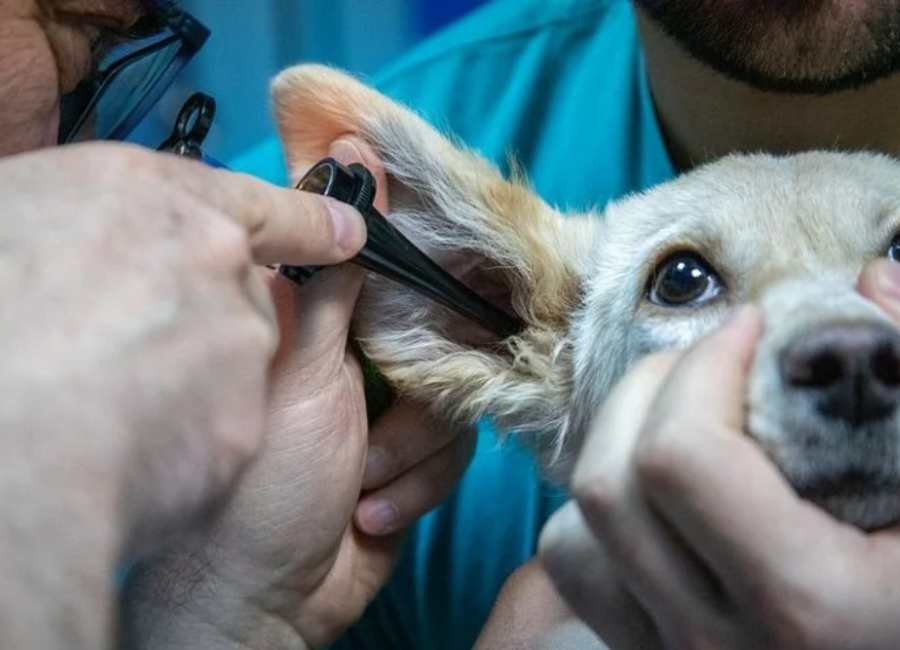
To prevent ear problems, your dog’s ears should sometimes be thoroughly cleaned.
Most dog ears are obstructed by dirt, ear mites, and other debris, which can be a significant problem.
When cleaning your dog’s ears, make sure there are no injuries.
Always give your dog treats when it allows you to clean out its ear.
Always clean your dog’s ears with a clean towel dipped in warm water, or use an ear cleaner that your vet recommends.
It is necessary to clean them carefully.
11. Trim your dog’s nails
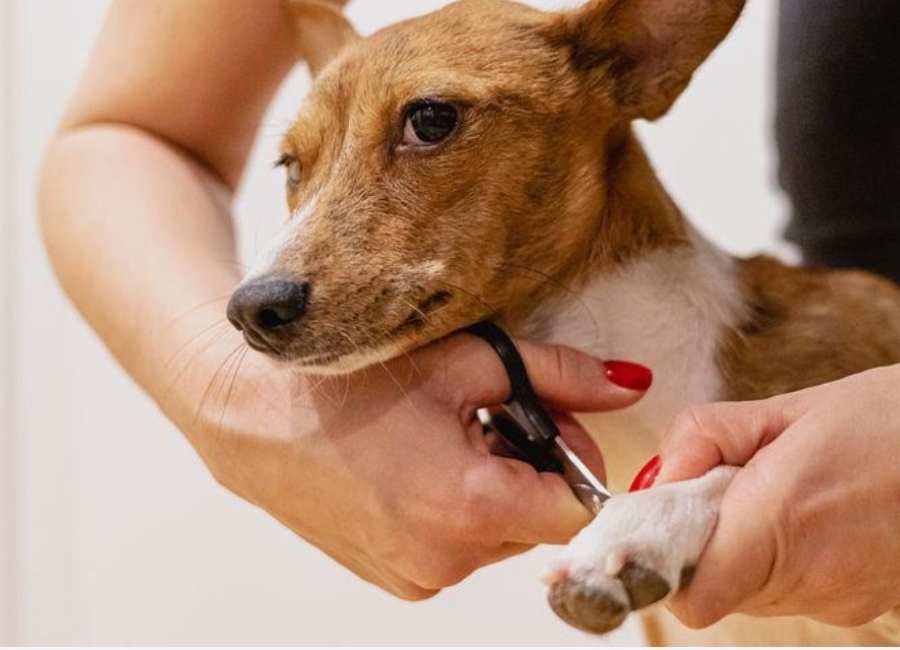
Trimming your dog’s nails regularly is still an important dog care tips you should practice.
Regarding how often you should trim your dog’s nails it depends on how fast they grow.
However, when you trim your dog’s nails take it easy not to injure your dog, don’t trim to get to your dog’s flesh.
Dogs should have their nails trimmed regularly, around every 3 to 4 weeks.
However, owners sometimes skip trims, which can cause the animal to develop a multitude of health problems.
12. Take your dog for a walk

Taking your dog for a walk helps in the socialization process and this is very important in a dog’s life.
When you take your dog for a walk they interact with other dogs and humans.
This interaction will help your dog to avoid unnecessary aggression toward other dogs or animals.
You can also take your dog to a dog park once in a while to help them socialize with other dogs.
13. Schedule regular medical check-ups
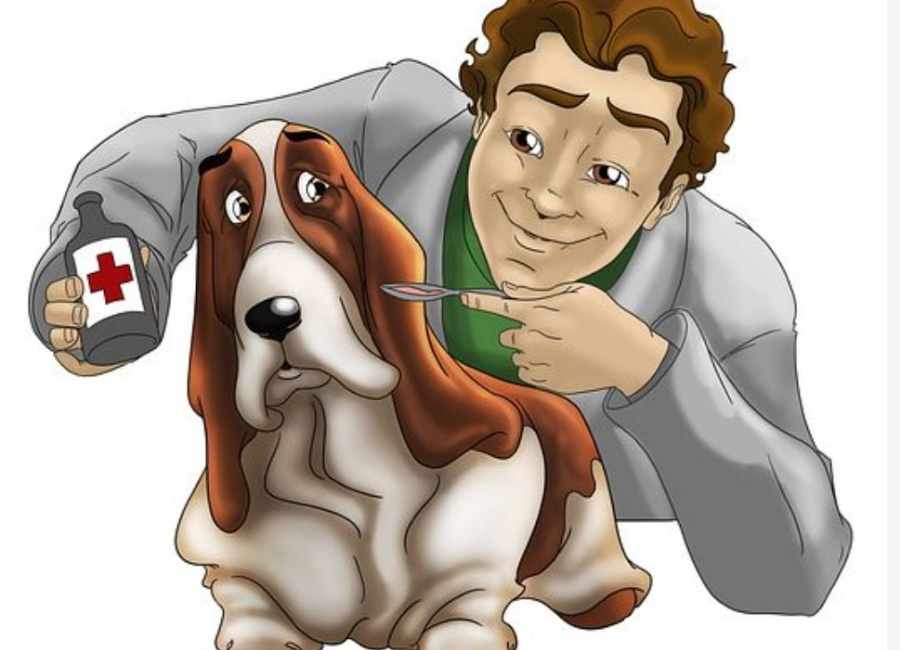
Allow the professionals to routinely evaluate your dog to check for any health concerns and to give you the finest, individualized advice to keep your priceless pooch healthy for many years.
Keep in mind that routine medical exams will aid in the early discovery of any problems, which is crucial.
Dogs regularly have glaucoma, bladder stones, cardiac issues, and other cancer kinds.
If your veterinarian believes your dog may be at risk for illnesses particular to its breed, they may ask for testing, such as blood tests.
If a health problem with your dog is found, your veterinarian will work with you to develop a treatment plan.
14. Be careful in handling your dog
Place one hand under the dog’s chest and hold the dog’s hind legs and rump with your other hand or forearm while carrying a puppy or tiny dog.
Never try to raise or grasp your little dog or puppy by the forelegs, tail, or neck.
If you must raise a huge dog, do so from the bottom, holding the dog’s chest in one arm and the tail in the other.
15. Spend more time with your dog
Spending more time with your dog gives room for improved bonding with your dog.
Dogs are gregarious creatures who thrive in pack settings.
They struggle when their owners only give them the bare minimum of care.
Make it a point to pamper your dog frequently since it’s a great way to let them know you care.
Invite your dog to join you when reading the newspaper or watching TV on the couch.
To prevent separation anxiety in your dog, play with it every day. This will keep it entertained and happy.
16. Provide a hygienic environment
Your pet needs a warm, peaceful resting spot that is off the floor, out of the way of any drafts.
It’s best to use a dog bed or training cage and lay a fresh blanket or pillow inside.
Regularly wash the dog’s bedding.
If your dog will be spending a lot of time outside, make sure she has access to cool water and shade in the summer and a warm, dry shelter in the winter.
Ensure that the area is free of any bacterial infections, parasitic insects, such as fleas and worms, and parasitic parasites.
Make sure there are no plants that deter dogs from visiting your property and avoid leaving standing water there.
It’s crucial to check your dog for fleas and ticks every day while the weather is warm.
Find and get rid of fleas by using a flea comb.
There are a number of innovative ways to manage fleas and ticks.
Consult your veterinarian to learn more about these and other choices.
17. Spay or neuter your dog
If you don’t intend to breed your dog I strongly recommend you spay or neuter them, this can help reduce aggression.
Keep in mind that reproductive disorders can affect both male and female canines.
Unlike neutering, which shields male dogs from certain prostate problems and testicular cancer.
Female dogs that have been spayed are less likely to develop breast tumors, ovarian cancer, or uterine infections.
A male dog’s drive to travel is decreased by the treatments, and if they are done early enough in life, they may also eliminate the dog’s need to spray to mark his territory.
18. Deworm your dog once in a while
Contact your veterinarian as soon as possible if your dog’s eating habits change in any manner that you think it’s a worm.
Your dog can be sick with a variety of worms, so ask your veterinarian for guidance on when to deworm it.
Do not disregard your dog’s vomiting, and if it continues, visit a doctor as soon as possible since worms can have a negative impact on your dog’s digestive system.
One reason you shouldn’t let your dog outside alone is the potential for exposure to worm larvae.
As an indication of a worm in a dog, your dog may vomit when they have one.
Read more: How Long After Deworming A Dog Are The Worms Gone (Answered).
19. Avoid self-medication and changing food
If not carried out correctly or in accordance with your veterinarian’s instructions, diet or medication modifications can harm your pet’s health in a number of ways.
The greatest food, vitamins, and appropriate medical care are what you want to provide for your pet because you are the one who knows them best.
The easiest way to accomplish that is to discuss any modifications you’d like to make with your veterinarian team and the reasons behind them.
In this way, your doctor will have the most current, accurate information on the health and way of life of your pet.
And can ensure that you have a safe product and plan as well as note the change in your pet’s medical records in the event that your dog ever gets sick or hurt.
20. Try to microchip your dog
Always keep in mind that accidents do happen, and collars can come undone on pets.
If your dog becomes lost but is microchipped, a vet clinic or animal shelter can check all discovered pets for microchips.
If your dog has one microchip, it will be easier to search for your contact information and get in touch with you.
In the worst-case situation, a microchip will also show ownership of your dog if they were stolen.
They are as affordable, painless, and simple to administer as vaccinations.
21. Prepare your dog for winter and summer
Neither ice nor winter salt on sidewalks can result in cracks or burns on your dog’s paw pads.
If your dog’s paws appear to be raw or sore after being outside, try using pad moisturizer products directly to soothe the discomfort.
Even in the coldest months, many dogs can stay warm outside because of their thick coats, but not all of our puppies have enough fur to withstand the chilly weather.
Many dogs adore wearing winter jackets or sweaters because they look adorable and are better protected during winter activities.
A fantastic method to enable your dogs to safely enjoy the outdoors in the hot months is to provide them with access to shade and a means of cooling down, such as a kiddie pool filled with water or ice.
To avoid heat stroke, stress, and dehydration, keep a watchful eye on them during hot weather and bring them indoors if they are panting heavily.
22. Provide mental stimulation activities
By including extra walks or trips, you may break up your dog’s regular schedule. For a change of scenery, take them to a dog-friendly location or drive-in theater.
To keep them cognitively engaged, take them along with you while you run errands and swap up their toys.
For dogs to be content and healthy, they require a lot of cerebral activity.
To keep your dog interested, give them a puzzle toy, teach them new tricks, and play new games with them.
When you can’t offer your dog your whole attention, puzzle toys are a great way to give them something entertaining to do.
With the information provided on this page, I strongly hope your concerns about the dog care tips were resolved!

